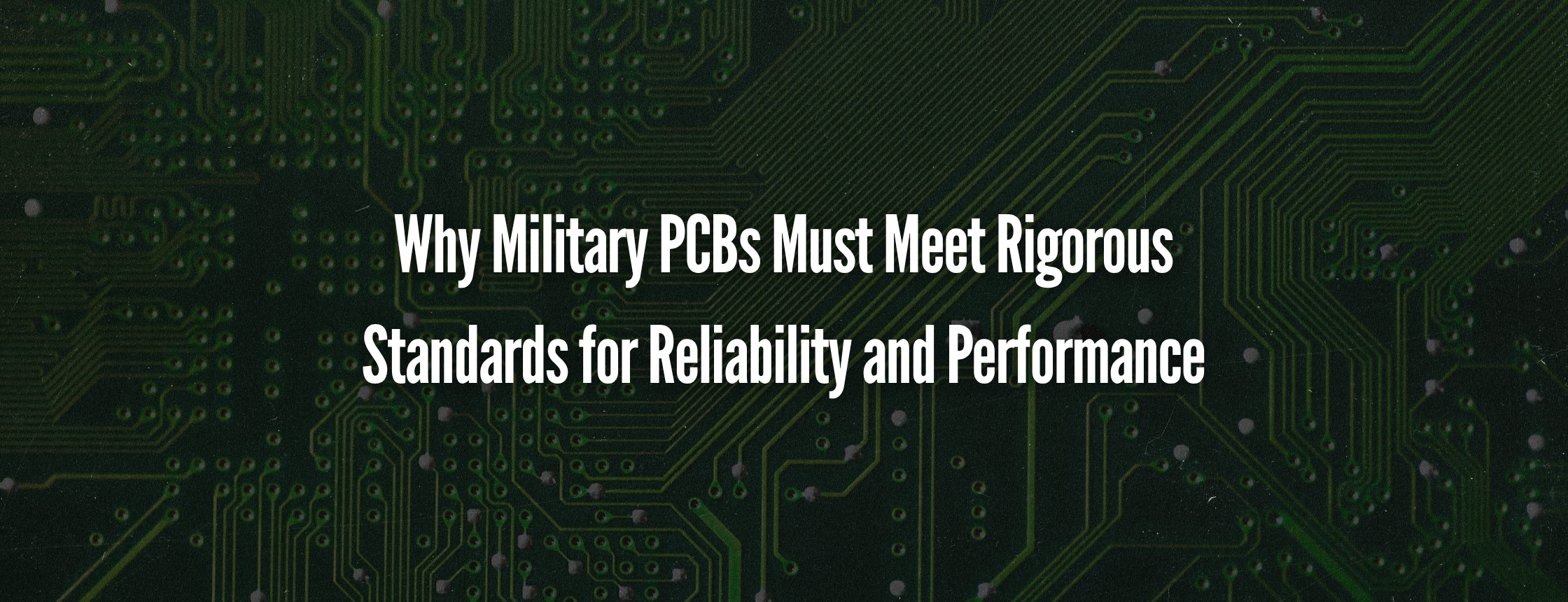The Importance of PCB Surface Finishes: ENIG, HASL, OSP, and More
Printed Circuit Boards (PCBs) are the backbone of modern electronics, ensuring seamless connectivity and reliable performance. A PCB’s surface finish is a key factor that influences its durability, functionality, and solderability. It is a protective coating that prevents oxidation, enhances electrical performance, and facilitates soldering. Choosing the right surface finish depends on cost, application, and longevity requirements.
This article explores various PCB surface finishes, including Electroless Nickel Immersion Gold (ENIG), Hot Air Solder Leveling (HASL), and Organic Solderability Preservative (OSP), discussing their characteristics, benefits, and considerations for selecting the right finish.
Understanding PCB Surface Finishes
A PCB surface finish is applied to the exposed copper pads to prevent oxidation and ensure strong solder joints. Since copper oxidizes rapidly when exposed to air, a finish helps preserve its solderability and reliability. Surface finishes also ensure compatibility with different assembly techniques, such as surface-mount technology (SMT) and through-hole assembly (THA).
Different surface finishes offer distinct advantages based on application, performance, and cost considerations. Below are some of the most common PCB surface finishes used today.
1. Electroless Nickel Immersion Gold (ENIG)
ENIG is one of the most widely used PCB surface finishes due to its excellent reliability, smooth finish, and long shelf life. It consists of two layers: a nickel barrier layer that prevents copper diffusion and a thin gold layer that protects the nickel and provides a solderable surface.
Benefits of ENIG:
- Superior surface planarity: Ideal for fine-pitch components and ball grid array (BGA) assembly.
- Oxidation resistance: Offers excellent protection against oxidation and corrosion.
- Long shelf life: Can be stored for extended periods without degradation.
- Lead-free and RoHS-compliant: Environmentally friendly and suitable for modern manufacturing regulations.
Considerations:
- Higher cost: More expensive than some other surface finishes.
- Risk of “black pad” defect: This can occur if the nickel layer is not deposited correctly, leading to weak solder joints.
2. Hot Air Solder Leveling (HASL) & Lead-Free HASL
HASL is a traditional surface finish in which a solder layer is applied to the PCB and leveled with hot air to create a uniform coating. It is available in both leaded and lead-free versions.
Benefits of HASL:
- Cost-effective: One of the most affordable PCB surface finishes.
- Durability: Provides excellent protection against oxidation.
- Reworkability: Solder can be easily removed and reapplied.
Considerations:
- Uneven surface: This may not be suitable for fine-pitch components or BGA packages.
- Thermal stress: Exposes the PCB to high temperatures, which may affect some designs.
- Not ideal for high-density PCBs: The finish may result in inconsistent pad flatness.
3. Organic Solderability Preservative (OSP)
OSP is a water-based organic coating that protects copper pads from oxidation and ensures solderability during assembly. It is a cost-effective and environmentally friendly alternative to metallic finishes.
Benefits of OSP:
- Cost-effective: Low-cost option compared to ENIG or immersion silver.
- Lead-free and RoHS-compliant: Environmentally friendly and widely accepted in manufacturing.
- Flat surface: Provides a smooth finish suitable for fine-pitch components.
Considerations:
- Short shelf life: It has a limited lifespan and requires careful handling.
- Rework limitations: The protective layer degrades with multiple heating cycles.
- Not suitable for numerous reflows: Can break down under repeated thermal stress.
4. Immersion Silver (ImAg)
Immersion silver is a metallic finish applied to copper pads using a chemical displacement reaction. It provides good conductivity and is often used in high-frequency applications.
Benefits of Immersion Silver:
- High conductivity: Ideal for RF and high-speed applications.
- Flat surface: Suitable for fine-pitch components.
- Lead-free and RoHS-compliant: Meets modern regulatory standards.
Considerations:
- Prone to tarnishing: Requires proper storage and handling.
- Short shelf life: Must be assembled within a limited timeframe.
- Not ideal for environments with high humidity: Susceptible to environmental degradation.
5. Immersion Tin (ImSn)
Immersion tin is a chemical process that applies a thin layer of tin over copper. It is commonly used in applications requiring low cost and good solderability.
Benefits of Immersion Tin:
- Flat surface: Provides a smooth finish for SMT and fine-pitch components.
- Lead-free and RoHS-compliant: Environmentally friendly.
- Good solderability: Works well with standard soldering techniques.
Considerations:
- Limited shelf life: Can degrade if not used within the recommended timeframe.
- Risk of tin whiskers: This may lead to unintended electrical short circuits.
- Not ideal for multiple reflows: The finish can break down over time.
Choosing the Right PCB Surface Finish
Selecting the appropriate PCB surface finish depends on factors such as:
- Application requirements: High-frequency PCBs may benefit from immersion silver, while OSP can be cost-effective for short-lifecycle products.
- Manufacturing considerations: ENIG is ideal for fine-pitch components, while HASL offers a robust, budget-friendly option.
- Longevity and storage: ENIG and immersion tin provide extended shelf life, whereas OSP requires immediate assembly.
- Regulatory compliance: Lead-free HASL, OSP, and immersion finishes ensure RoHS compliance.
Contact Us
Choosing the right PCB surface finish ensures a circuit board’s reliability, solderability, and performance. ENIG, HASL, OSP, immersion silver, and immersion tin each offer unique advantages and trade-offs, making it essential to align the finish with the application’s specific needs.
Midwest Printed Circuit Services provides high-quality PCBs with various surface finish options tailored to meet industry standards. Contact us today to discuss your project requirements and find the best surface finish solution for your application.









